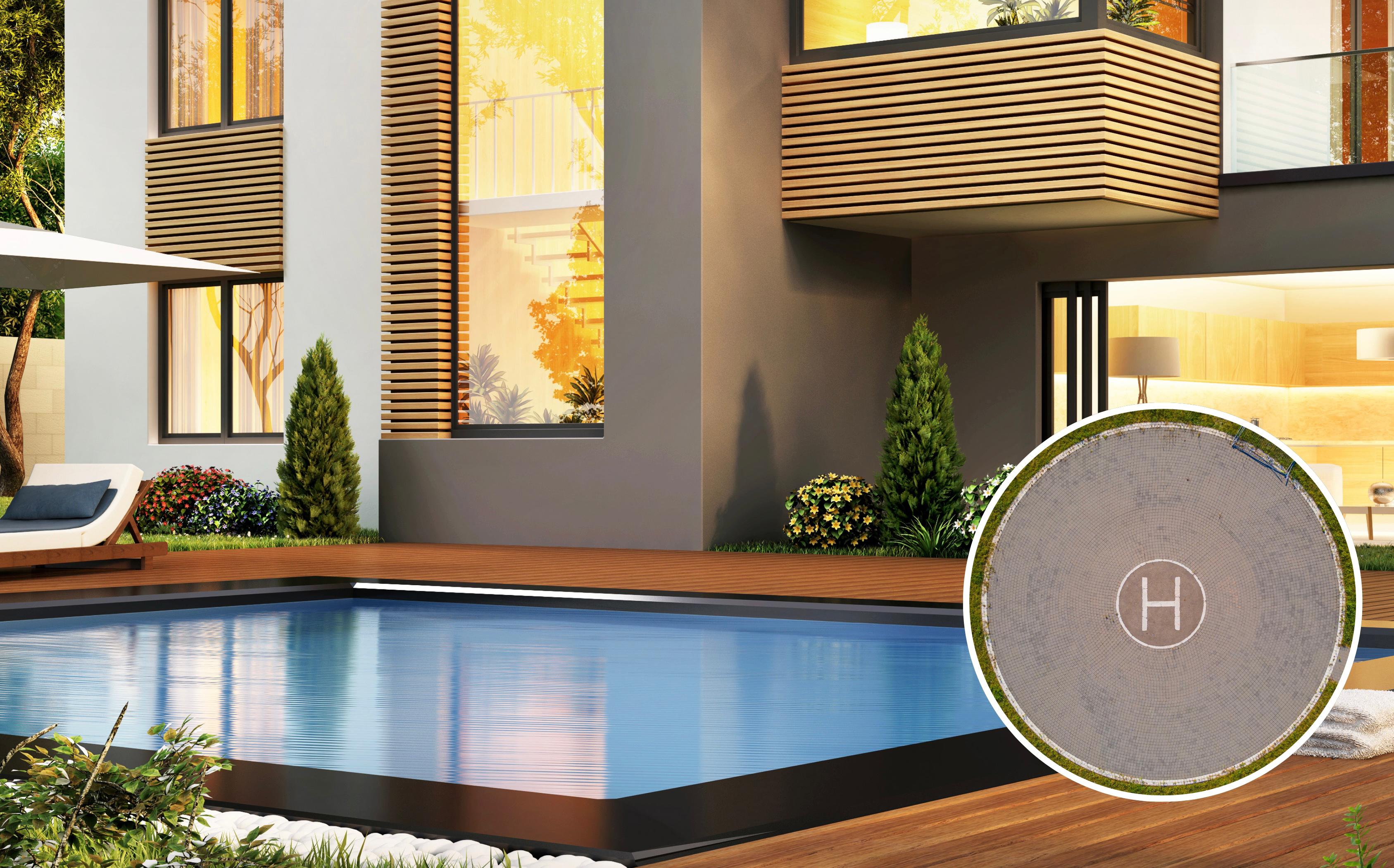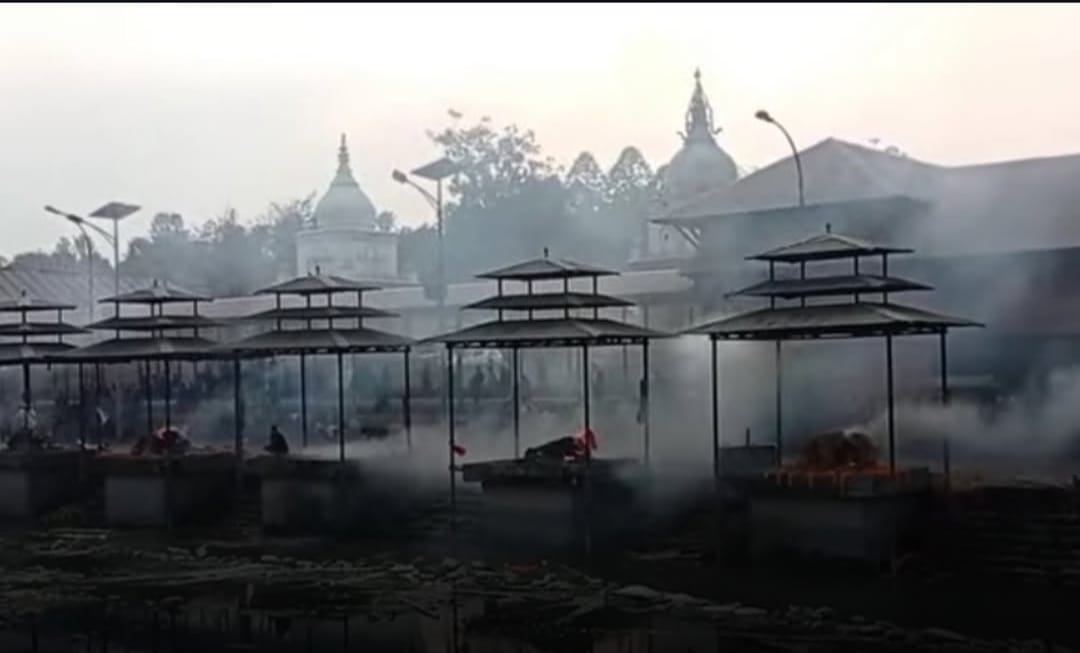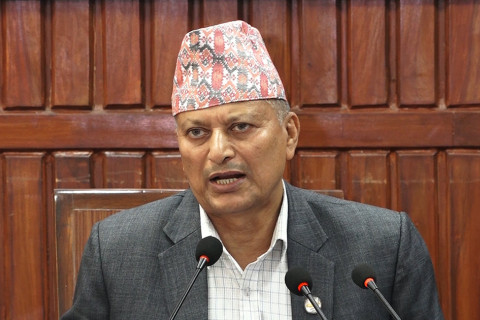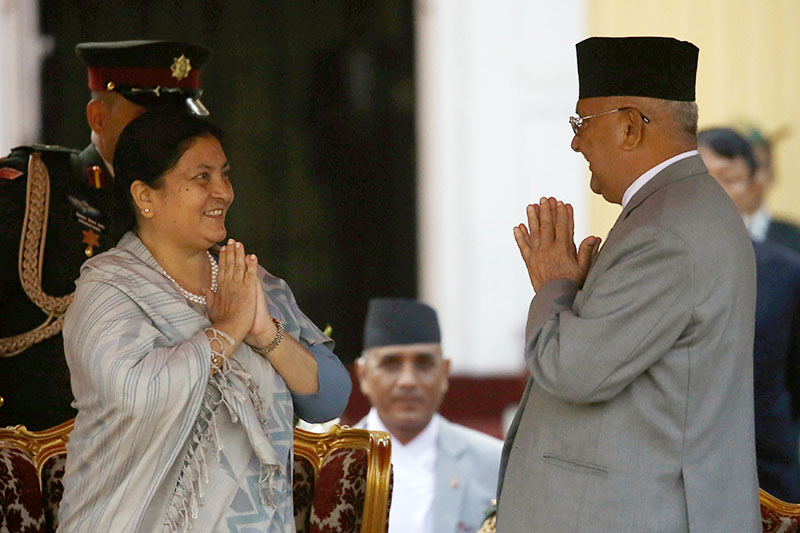Big homes, big helipads, big questions! The Nepal government has unveiled a grand plan to build new official residences for the Speaker of the House and the Chief Justice in the upcoming fiscal year. The project, which includes a helipad, is set to cost billions of rupees. While the idea of modern residences for top officials sounds impressive, it’s sparking heated debates across the country. Many Nepalis are asking: Why prioritize lavish homes when basic public services like healthcare, education, and roads are crying for attention?
The announcement came quietly, almost slipping under the radar, but recent posts on X and news reports have brought it into the spotlight. According to sources, the government is allocating a massive chunk of the 2025/26 fiscal budget to construct these residences in Kathmandu. The inclusion of a helipad has added fuel to the fire, with critics calling it an unnecessary luxury. For a country where many citizens struggle to access clean water or reliable electricity, the plan feels like a slap in the face to some.
The residences are meant to reflect Nepal’s growing stature, but at what cost? The Speaker and Chief Justice hold critical roles in the country’s democratic system, and the government argues that modern, secure residences are necessary to support their duties. The helipad, officials claim, will ensure quick and safe travel for these high-ranking figures, especially during emergencies. Supporters of the project say it’s a matter of national pride and a step toward modernizing infrastructure for key institutions.
However, the price tag is hard to ignore. Reports suggest the project could cost billions of rupees, though exact figures are still unclear. Nepal’s budget for 2025/26 is already stretched thin, with demands for better schools, hospitals, and public transport growing louder. Critics argue that spending such a huge amount on residences for two officials is a misstep when millions of Nepalis face daily hardships. “Why a helipad when our roads are barely usable?” asked one Kathmandu resident on X, echoing a common sentiment.
The timing of the announcement adds to the controversy. Nepal has been grappling with economic challenges, including rising prices for essentials like food and fuel. Just weeks ago, reports highlighted how kitchen essentials at Kalimati Fruits and Vegetable Market doubled in price in a short period. Meanwhile, rural areas still lack basic infrastructure, with many communities cut off during monsoons due to poor roads. For these Nepalis, the idea of a helipad feels like a distant dream for the elite, not a national priority.
Public services in Nepal have long been underfunded. Hospitals often lack essential equipment, schools in remote areas struggle with teacher shortages, and public transport systems are outdated. The Kathmandu Metropolitan City, the country’s largest municipality, recently failed to present its budget for 2025/26 due to administrative issues, raising concerns about governance. Against this backdrop, the decision to prioritize luxurious residences has left many questioning the government’s commitment to its people.
On the other side, government officials defend the plan, saying it’s not just about luxury but about functionality. The Speaker and Chief Justice often host foreign dignitaries, and their residences double as venues for official events. A modern setup, they argue, will enhance Nepal’s image on the global stage. The helipad, in particular, is being pitched as a security measure, allowing swift movement during crises. But these arguments haven’t convinced everyone, especially when public hospitals are turning away patients due to a lack of beds.
The debate also touches on Nepal’s broader political landscape. The Federal Civil Service Bill, recently passed by the House of Representatives, has been hailed as a milestone for federalism. Yet, smaller parties have raised concerns about its fairness, claiming it favors certain groups. This bill, combined with the residences plan, has fueled accusations that the government is focusing on elite interests over the needs of ordinary citizens. “Billions for residences, but what about our schools?” one critic posted on X, summing up the frustration.
Public reaction has been swift and vocal. Social media platforms like X are buzzing with opinions, ranging from outright anger to cautious support. Some see the project as a necessary upgrade for Nepal’s top officials, while others view it as a symbol of misplaced priorities. The government’s silence on the exact cost and timeline hasn’t helped. Without clear communication, rumors and distrust are growing, with many calling for transparency on how the budget will be spent.
As Nepal moves forward with its fiscal plans, the residences project will likely remain a lightning rod for criticism. The government faces a tough balancing act: modernizing its institutions while addressing the urgent needs of its people. For now, the plan to build lavish homes with a helipad has sparked a larger conversation about what Nepal truly values. Will the government listen to the concerns of its citizens, or will it push ahead with a project that many see as out of touch? Only time will tell.









